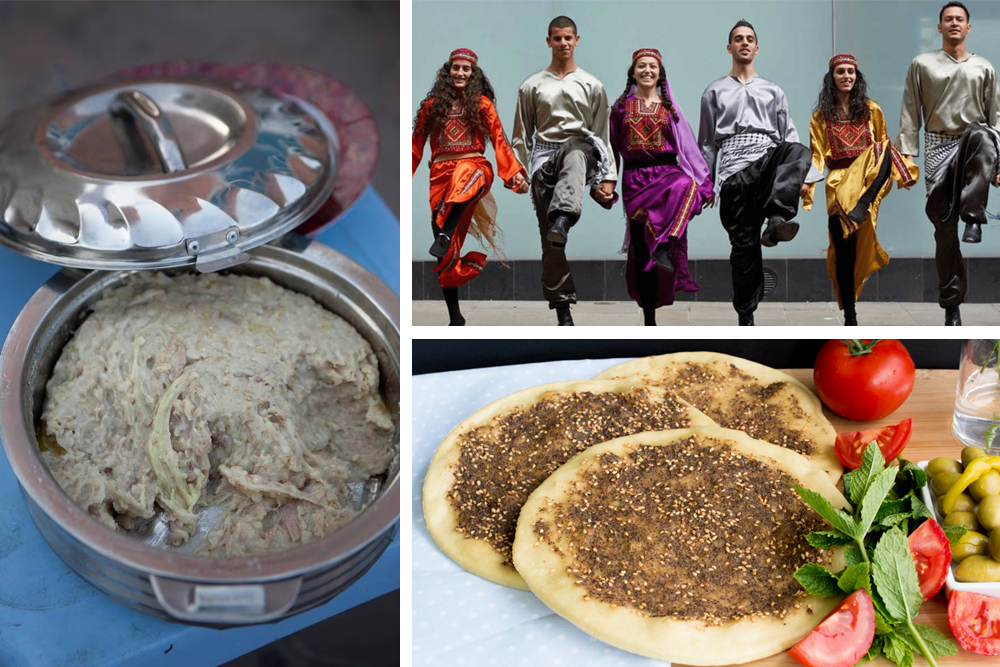
Many individuals are familiar with UNESCO World Heritage Sites and often incorporate them into their travel plans when exploring new cities or countries. On the other hand, equal consideration should be given to the domain of intangible legacy, which is made up of nonphysical intellectual wealth such as customs, folklore, and beliefs, traditions, knowledge and language. They might not appear on a traditional wish list but are nonetheless admirable from a distance or from an intellectual standpoint.
Recently, the Middle Eastern culinary delight known as harees, widely embraced in the Gulf region, earned a coveted spot on UNESCO's Intangible Cultural Heritage list. This recognition places it alongside various practices and dishes from the Arab world, affirming the cultural significance of these intangible elements.

The Intergovernmental Committee for Intangible Cultural Heritage met in Kasane, Botswana, to review and approve 55 new items, all framed as community traditions.
Harees, derived from the Arabic word "harasa," meaning to mash or squash, perfectly encapsulates its preparation method. The dish involves grinding wheat with goat meat or mutton, followed by slow cooking until it achieves a creamy consistency. Additionally, the list encompasses six other cultural traditions from the Arab world, such as the Palestinian version of dabke, a Levant folklore dance, Iraq's traditional craft skills and Al-Mudhif building arts, and Lebanon's man'ouche, a flatbread topped with thyme, cheese, or ground meat.

Syria contributes to the list with the inclusion of the glassblowing technique, a craft where artisans use a handmade brick oven to create glass objects from waste glass fragments. Sudan's Al-Molid procession, a vibrant parade celebrating the Prophet's birthday occurring in the third month of the Islamic lunar calendar, is also recognized.
The roster concludes with the arts, skills, and practices associated with engraving on gold, silver, and copper, prevalent in Saudi Arabia, Algeria, Egypt, Iraq, Mauritania, Morocco, Sudan, Tunisia, and Yemen.

Established in 2008, UNESCO's Lists of Intangible Cultural Heritage emerged following the 2003 Convention for the Safeguarding of Intangible Cultural Heritage. It serves as a reservoir of cultural diversity and artistic expression with the goal of better preserving and promoting these traditions. UNESCO highlights that the value is found not only in the cultural expression itself but also in the abundance of information and expertise that these intangible elements allow to be passed down through the generations.

















